2018's biggest box-office winners and losers so far
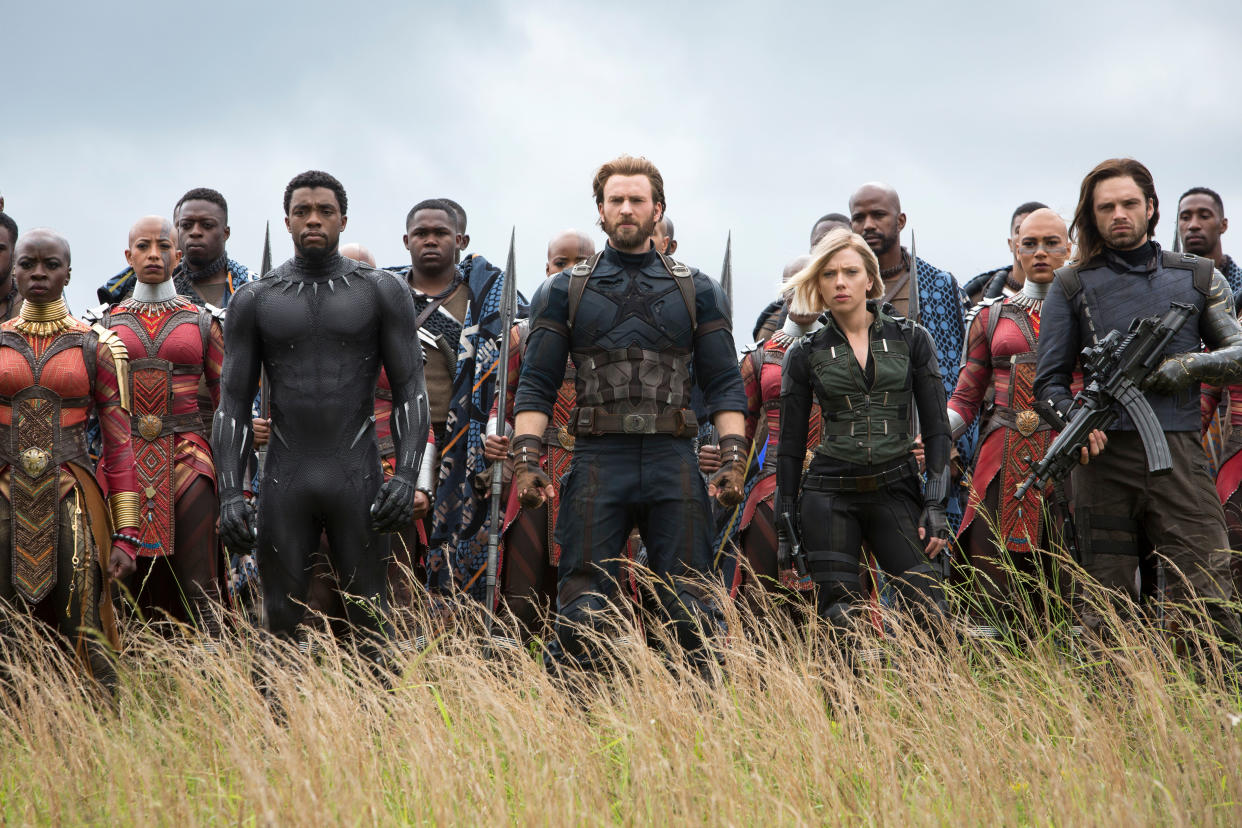
In these uncertain times, it’s no wonder that moviegoers are looking for heroes to cheer for. And they’ve found plenty of them in the first half of 2018: As we pass the year’s midpoint, the top four movies in the country are all superhero adventures: Black Panther, Avengers: Infinity War, Incredibles 2, and Deadpool 2. What’s more, each of these titles is directly based on (or, in the case of Incredibles 2, inspired by) classic Marvel Comics characters. While comic-book movies are the big winners of 2018, there are plenty of other feats of financial strength to cheer for as well. Here’s our roundup of the year’s box-office winners and losers so far.
WINNERS
Marvel movies continue to roar
Marvel Studios hit the big 1-0 this year, and moviegoers worldwide gave the company a major present: not just one but two record-shattering releases. In February, Ryan Cooler’s Black Panther flexed its box-office muscle on Day 1, launching an unprecedented run that blew past the global billion-dollar mark in March.
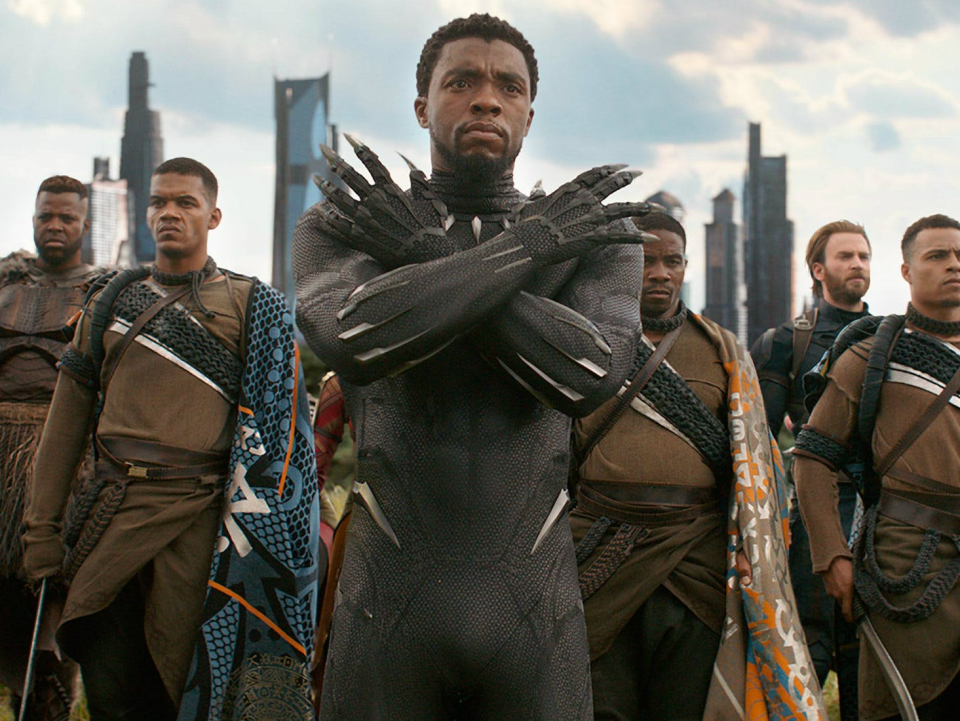
Then Marvel declared (infinity) war on the summer competition with the third Avengers film, which earned nearly $260 million in its opening weekend alone and joined Titanic and Star Wars: The Force Awakens in the $2 billion club in June. Meanwhile, outside of the main Marvel Cinematic Universe, Deadpool 2 raked in over $300 million, proving that audiences aren’t tired of the Merc With a Mouth or his mutant brethren.
The incredible Pixar sequel smashes
Incredibles 2’s $182 million-grossing opening weekend was the best debut in animated movie history, and its domestic tally after 10 days in release is a healthy $350 million. Suffice it to say, people wanted more adventures featuring Brad Bird’s superpowered family.
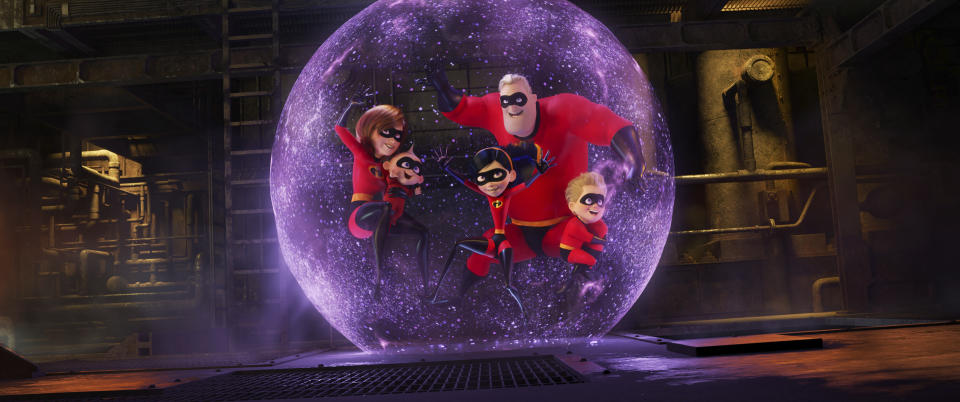
Moreover, it continues Pixar’s success with sequels — the studio’s three-biggest openers ever (Incredibles 2, Finding Dory and Toy Story 3) are all follow-ups.
Fallen Kingdom rises
Twenty-five years after Jurassic Park became 1993’s biggest blockbuster, its descendent Jurassic World: Fallen Kingdom continues to demonstrate that dinosaurs still rule … the box office.
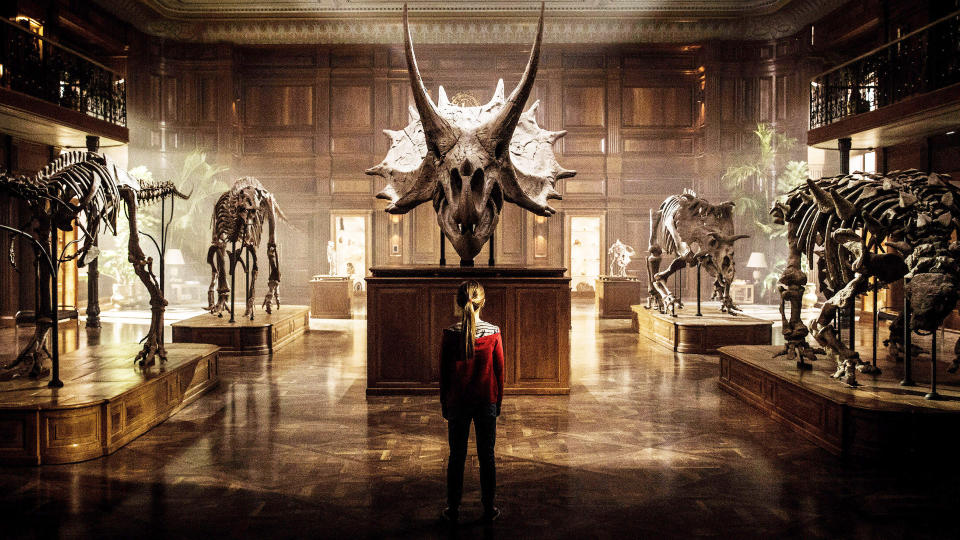
With a monster $163 million opening weekend, the J.A. Bayona-directed sequel to Colin Trevorrow’s 2015 hit overcame largely indifferent reviews and sank its claws into moviegoers’ wallets. As Ian Malcom might warn, it’s truly a Jurassic World and we’re just living in it.
Ocean’s 8 nabs big money
Gary Ross’s female-led continuation of the modern Ocean’s franchise (begun by director Steven Soderbergh in 2001) has tallied an impressive $100.3 million here at home and $170.9 million across the planet, all on a reported $70 million budget.
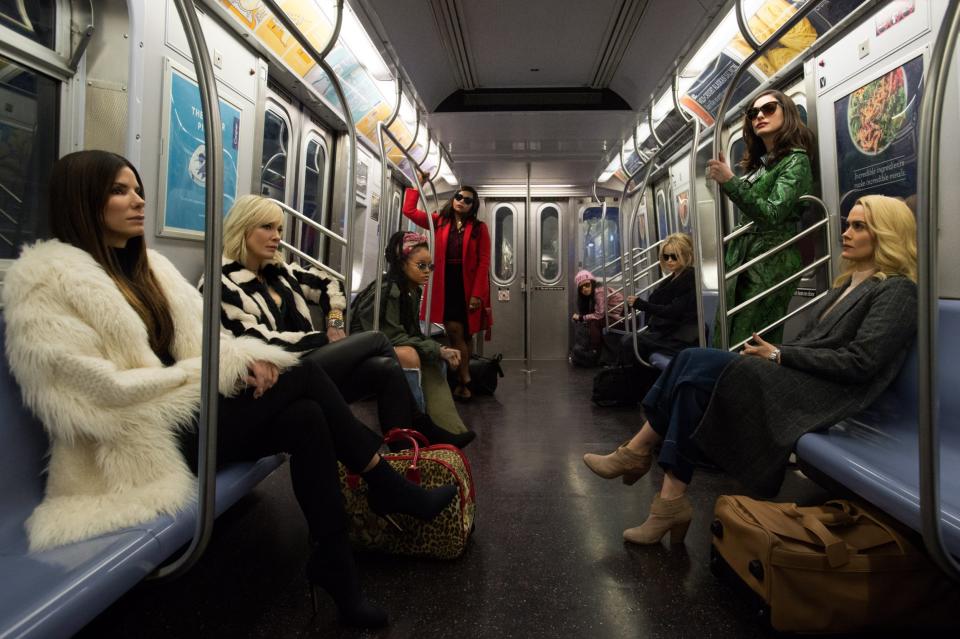
Given that its final receipts should rise higher still before it departs the multiplex, the Sandra Bullock-led heist film has confirmed that there’s still life left in the all-star series and, moreover, that audiences are more than game for women-headlined sequels/reboots when the movies themselves are, you know, good.
Comedy can come cheap
Here’s a general recipe for success: Get a group of funny people together, give them a couple of million dollars to make a movie and then sit back and earn a tidy profit. That’s the playbook followed by a spate of 2018 comedies, including Blockers, Book Club, and Game Night.
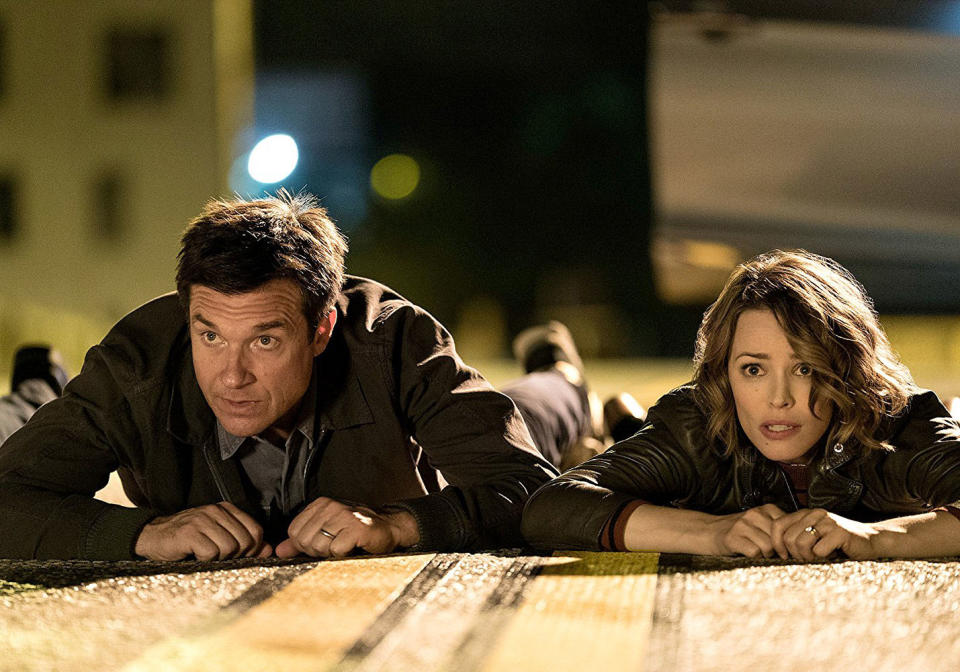
With budgets ranging from $10 million in the case of Book Club to $37 million in the case of Game Night, these movies don’t break the bank in terms of cost, but they can bank healthy amounts of dough — and that’s no joke.
Low-budget horror FTW
There’s no genre that consistently brings in better return-on-investment numbers than horror, and 2018 has once again proved that reliable fact. John Krasinski’s A Quiet Place was produced for $17 million and made $326 million worldwide. Ari Aster’s Hereditary cost a reported $10 million and has, to date, earned $43.6 million.

And Truth or Dare, from the horror maestros at Blumhouse, turned a $3.7 million budget into $88 million at the box office. Now, as always, people want to be scared and filmmakers don’t have to spend big money to give them the nightmare fuel they crave.
Fifty shades of green
Reviewers may have scoffed at the Fifty Shades franchise, but Universal is the one that’s laughing … all the way to the bank. Each entry in the S&M-laced series — including this year’s trilogy capper, Fifty Shades Freed — earned upwards of $100 million from moviegoers who showed up for the provocative sex scenes and stayed for the franchise’s cheeky sense of humor.
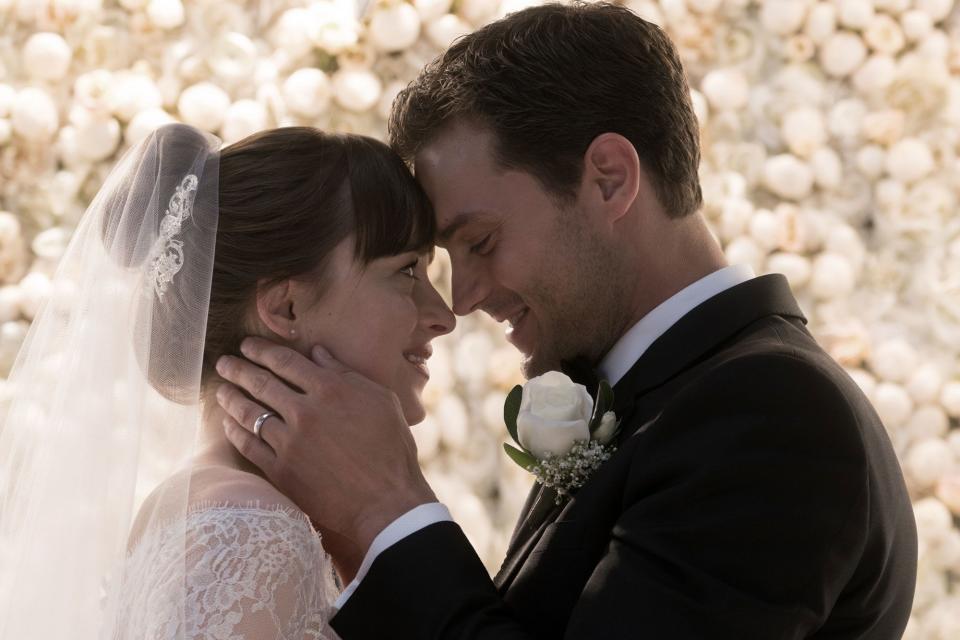
Don’t be surprised if the studio finds a way to bring author EL James’s “as told by Christian” versions to the screen, even if Dakota Johnson and Jamie Dornan decline to return.
Spielberg rejoins the $100 million club
Steven Spielberg hadn’t had a $100 million-grossing film in six years (2012’s Lincoln), and only five of his features had topped that threshold in the past two decades. Thus, Ready Player One’s $136.7 million domestic haul ($581.5 million globally) was an unquestionable return to box-office form for the celebrated auteur, whose adaptation of Ernest Cline’s bestselling novel — marked by stunning CGI effects and copious pop-culture shout-outs — satisfied the faithful as well as brought new fans into the fold.
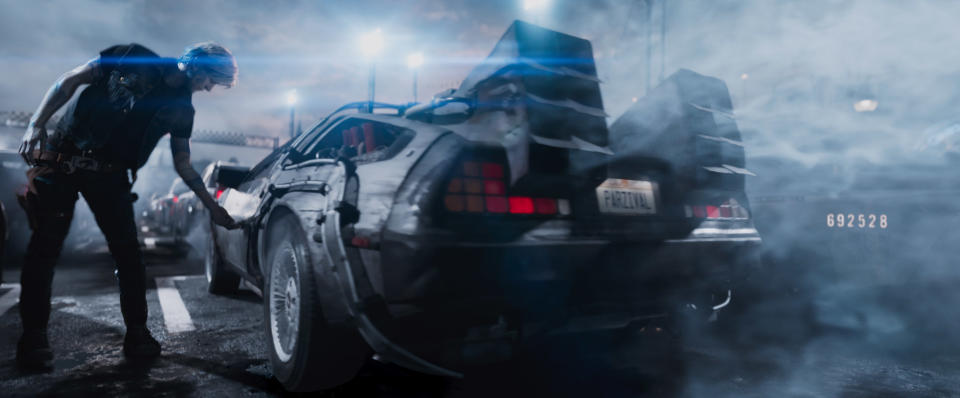
True story: Documentaries are making big bucks
It has been a lean couple of years for documentaries, but some of the biggest success stories of 2018 are true-life tales. Take RBG, Betsy West and Julie Cohen’s portrait of Supreme Court justice Ruth Bader Ginsburg, which has earned over $10 million since its early May release. (For the record, that makes it Magnolia Pictures’ highest-grossing film — documentary or narrative — in the company’s 17-year history.) Meanwhile, Morgan Neville’s tearjerking Fred Rogers documentary, Won’t You Be My Neighbor?, recently muscled its way into the Top 10 with $4 million and counting.
5 things you never knew about Mr. Rogers from the director of Won’t You Be My Neighbor?:
And other high-profile nonfiction features like Whitney and Generation Wealth are waiting in the wings, suggesting that the current documentary boom isn’t the stuff of fiction.
Super Troopers 2: A crowd-funding mini triumph
Seventeen years after the Broken Lizard comedy troupe introduced itself to the world with Super Troopers, the gang got back together for the aptly titled Super Troopers 2. While the film hardly qualified as a smash, its $30 million haul on a $15 million budget — half of which was earned during a $15 million-grossing opening weekend — was a minor triumph, given that the follow-up was partly funded through crowd-sourcing means. It’s proof that fans can make their sequel dreams come true — and that those dreams can actually turn a profit.
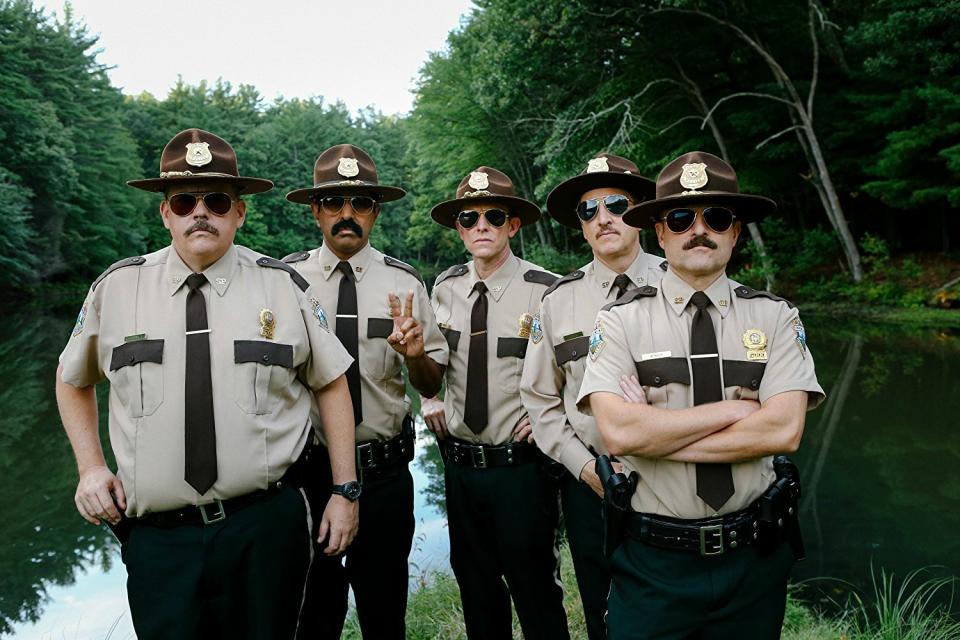
LOSERS
A galactic letdown
In most cinematic contexts, a $202 million tally would be a win. In the case of Solo: A Star Wars Story, however, it’s arguably the biggest financial disappointment of the year to date. The Ron Howard-directed film is currently the lowest-grossing entry in franchise history, and it’s the first Disney-made Star Wars picture destined to fall short of $1 billion globally.
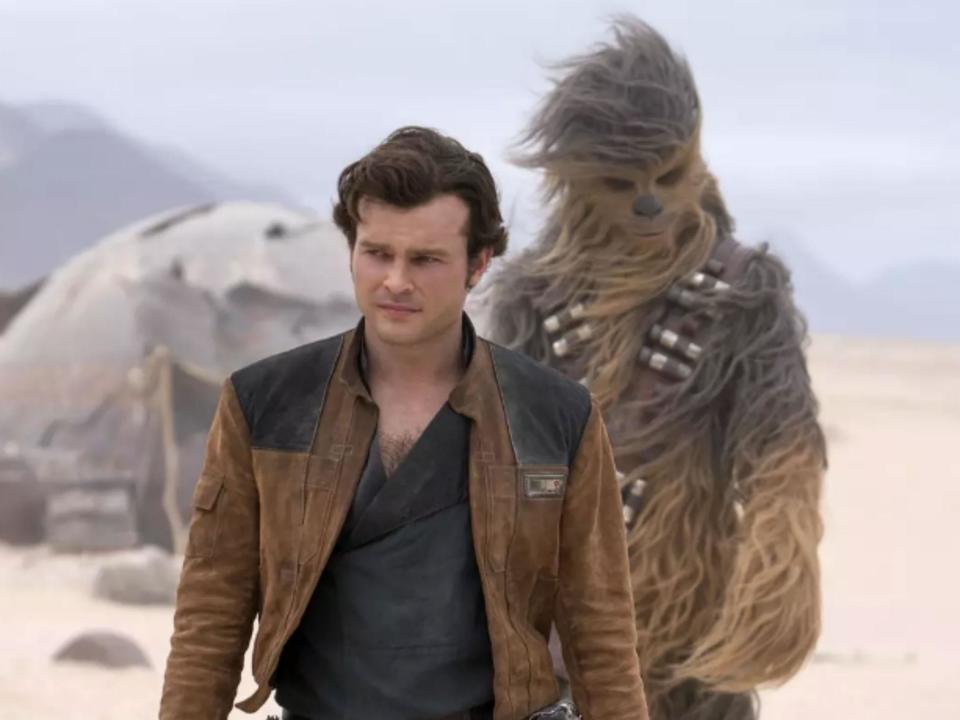
With a rumored budget of $250 million or more, as well as a marketing budget in the $150 million range, it’ll likely be an outright money-loser for the Mouse House. So severe has its underperformance been that the studio is rumored to have hit the brakes on all future spin-offs for the time being.
Wrinkle me this
It took upwards of three months, but Ava DuVernay’s adaptation of the classic Madeline L’Engle novel A Wrinkle in Time squeaked its way across the $100 million finish line. Unfortunately, it did so on a $100 million budget, cementing its status as a money-loser for Disney.
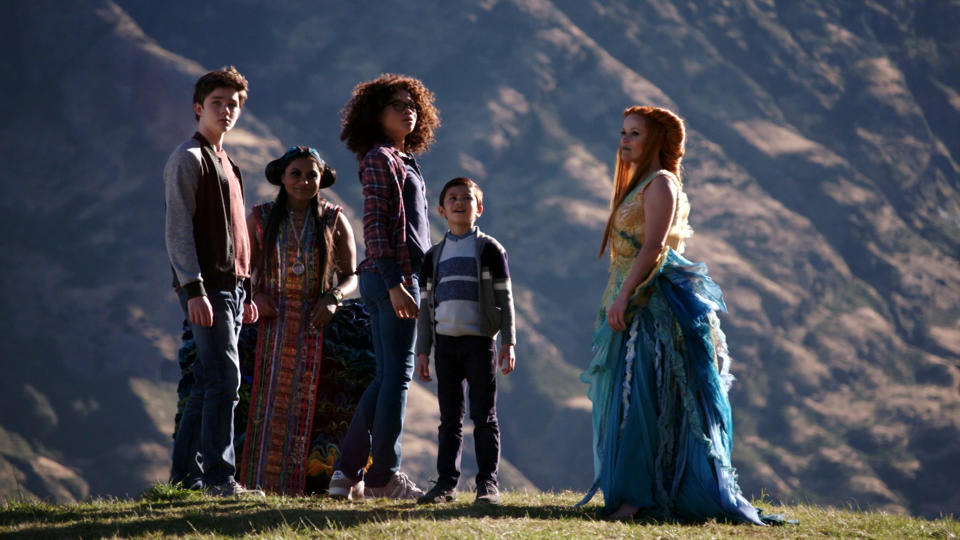
The good news is that the film has cultivated a small but devoted army of “warriors” who are poised to make it a perennial home entertainment favorite in the same way that Disney movies like The Journey of Natty Gann and Flight of the Navigator were for children of the ’80s.
The Amy Schumer train jumps the track
Amy Schumer’s 2015 hit Trainwreck ($110 million) suggested she was movie comedy’s next big thing. However, last summer’s Snatched (co-starring Goldie Hawn, in her first big-screen role in years) earned only $45 million, and this April’s I Feel Pretty nabbed just $48 million here at home, though it fared slightly better abroad.
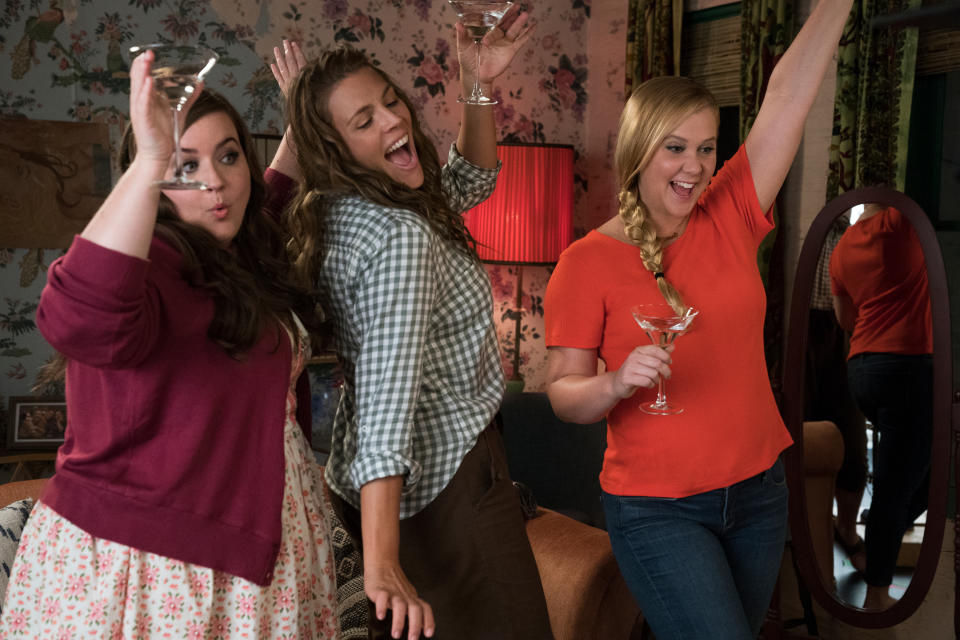
She’s not the only female comedy star to experience diminishing returns this year. Melissa McCarthy’s latest, Life of the Party, earned $52 million — a precipitous fall from hits like Identity Thief ($154 million) and Spy ($123 million) — while Anna Faris’s gender-switched Overboard remake stalled out at $49 million.
Jennifer Lawrence is hungering for a hit
In the wake of the critical and commercial disaster that was Mother!, Jennifer Lawrence reteamed with her Hunger Games director, Francis Lawrence, for a more conventional star vehicle. While the trailers sold Red Sparrow as the solo Black Widow feature Marvel has yet to make, the film turned out to be a moody spy drama where action took a backseat to intense scenes of physical and emotional trauma. Lawrence gave the film her all, but it apparently left audiences a bit hungry; the movie finished its run with only $46.8 million — the actress’s lowest-grossing big-budget production yet.

The British are coming … and no one cares
Paddington 2 is one of 2018’s most critically beloved films, and yet the family-friendly British import netted only $40 million in the States, a significant drop-off from its predecessor’s $76 million haul in 2015. Similarly, Early Man — the latest stop-motion animated film from Wallace & Gromit creator Nick Park — scraped up only $8.2 million during its February U.S. run. While both films fared much better in their native land, American audiences that are increasingly weaned on Pixar’s brand of storytelling may have dwindling interest in kids’ movies from across the pond.
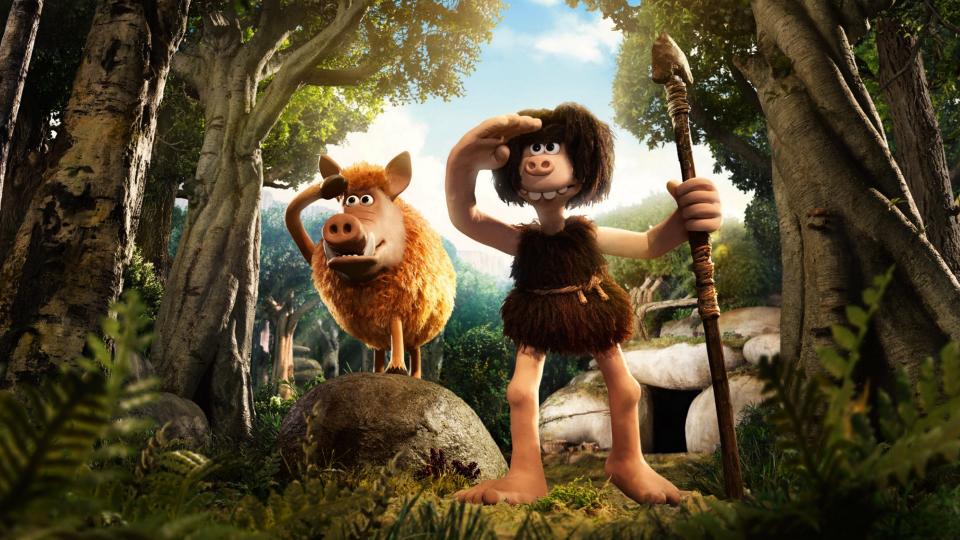
Hamm-strung
Ever since Mad Men elevated him to the prestige TV A-list, Jon Hamm has been searching for the right big-screen vehicle. He took a two-pronged approach in 2018, appearing in both a small-scale drama from a respected screenwriter (Tony Gilroy’s Beirut) and a madcap mainstream ensemble comedy alongside hitmakers Ed Helms and Jeremy Renner (Tag). Unfortunately, both titles joined Million Dollar Arm and Keeping Up With the Joneses on the list of movies that didn’t benefit from a healthy serving of Hamm.
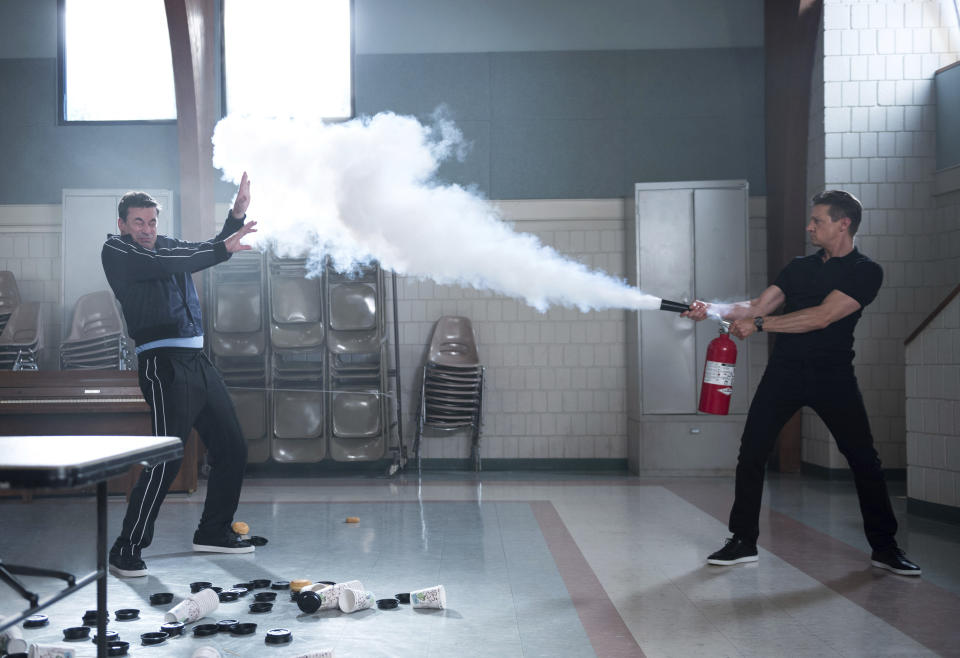
Johnny Knoxville hits a wall
Just five years ago, Johnny Knoxville hit paydirt with Jackass Presents: Bad Grandpa ($102 million on a $15 million budget). In 2018, though, he fell flat on his face with Action Point, which attempted to once again infuse a fictional story with legitimate Jackass-style injurious stunts. Produced for $19 million, the film brought in less than $5 million domestically. Knoxville almost lost an eye shooting Action Point, but the film itself lost an arm and a leg.
Third time’s not the charm
Jason Reitman’s directorial career has encountered some turbulence since the glory days of Up in the Air, so it’s only natural that he’d want to reunite with his Juno and Young Adult collaborator Diablo Cody. And Tully — the third chapter in their unofficial trilogy — is truly top-shelf material, a wrenching portrait of parenthood anchored by a transformative performance from Charlize Theron. It proved too wrenching for audiences, though. Grossing less than $10 million, Tully is the runt of Reitman and Cody’s litter in terms of box office.
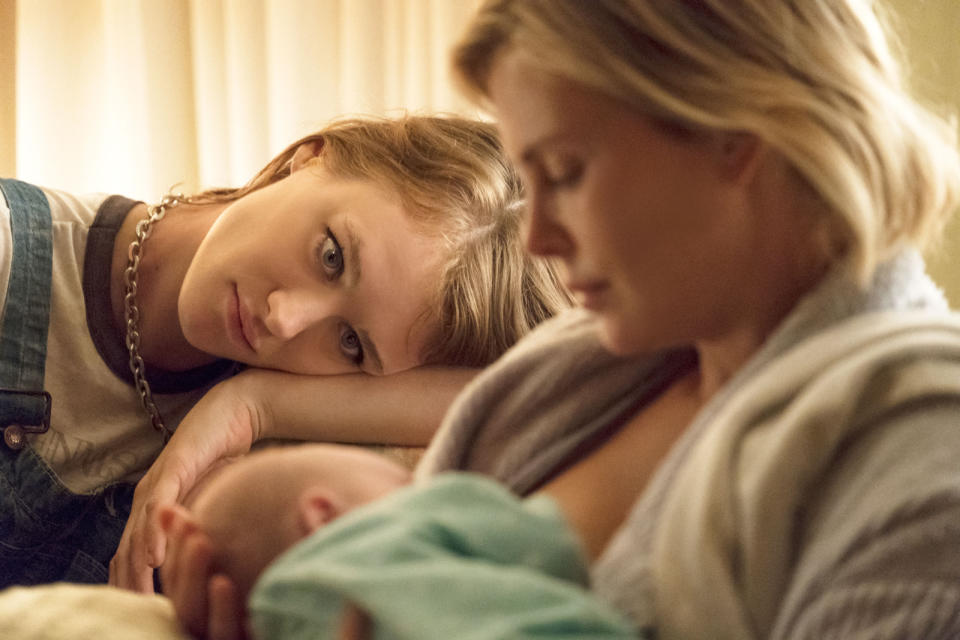
The sequels and reboots no one wanted
Hollywood continues to believe that reliable profits can be made from continuing — or rebooting — name-brand properties. So far, that strategy hasn’t worked this year as Pacific Rim Uprising ($59 million), Tomb Raider ($57 million), The Strangers: Prey at Night ($24.5 million), and Superfly ($15.2 million and counting) all woefully fell short of domestic projections. To be fair, the first three of those disappointments more than made their money back overseas, but they’re all decisive letdowns that have presumably squashed any thoughts of further follow-ups.
Old-man action movies are slowing down
Ten years ago, then-52-year-old Liam Neeson scored a major hit with the original Taken, a late-career foray into action territory for the Irish actor. That inspired a wave of slam-bang shoot-’em-up pictures starring older dudes, including The Expendables (Sly Stallone), Red (Bruce Willis), The Equalizer (Denzel Washington), and The Gunman (Sean Penn). Flash-forward to 2018 and that cycle appears to have exhausted itself.
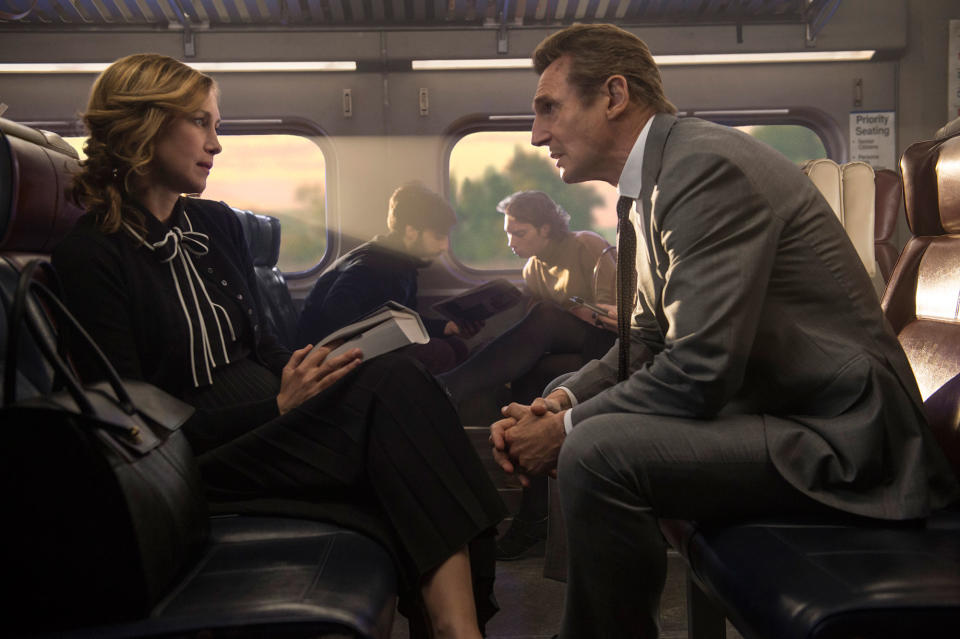
Neeson’s latest action movie, The Commuter, failed to clear $40 million, while Willis’s Death Wish remake played to mostly empty theaters, and Stallone’s latest non-Rocky sequel Escape Plan 2: Hades is bypassing theaters for a VOD-only bow. Washington is taking another shot with The Equalizer II in July, but if that disappoints, these guys may finally have to start acting their age.
Read more from Yahoo Entertainment:

